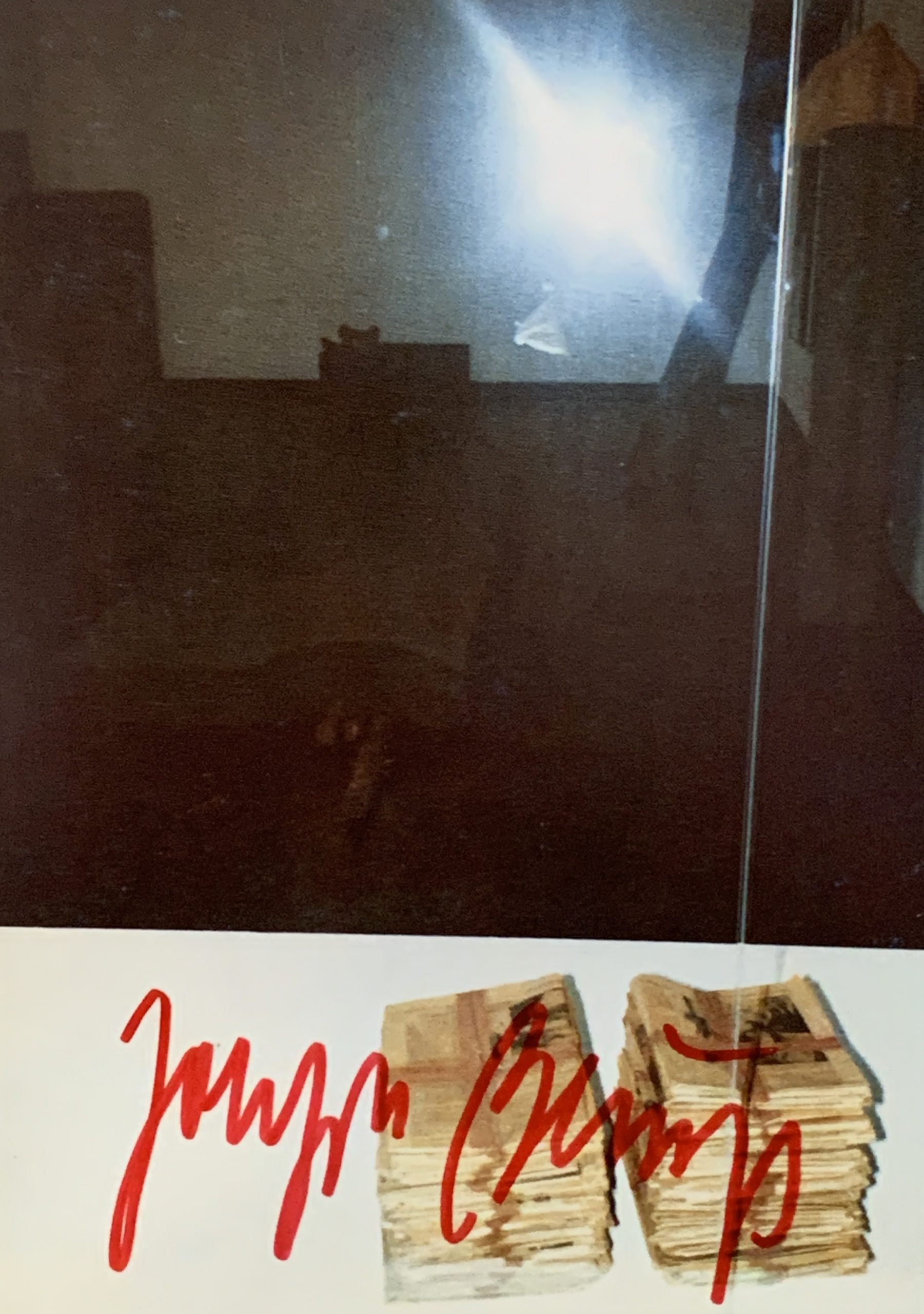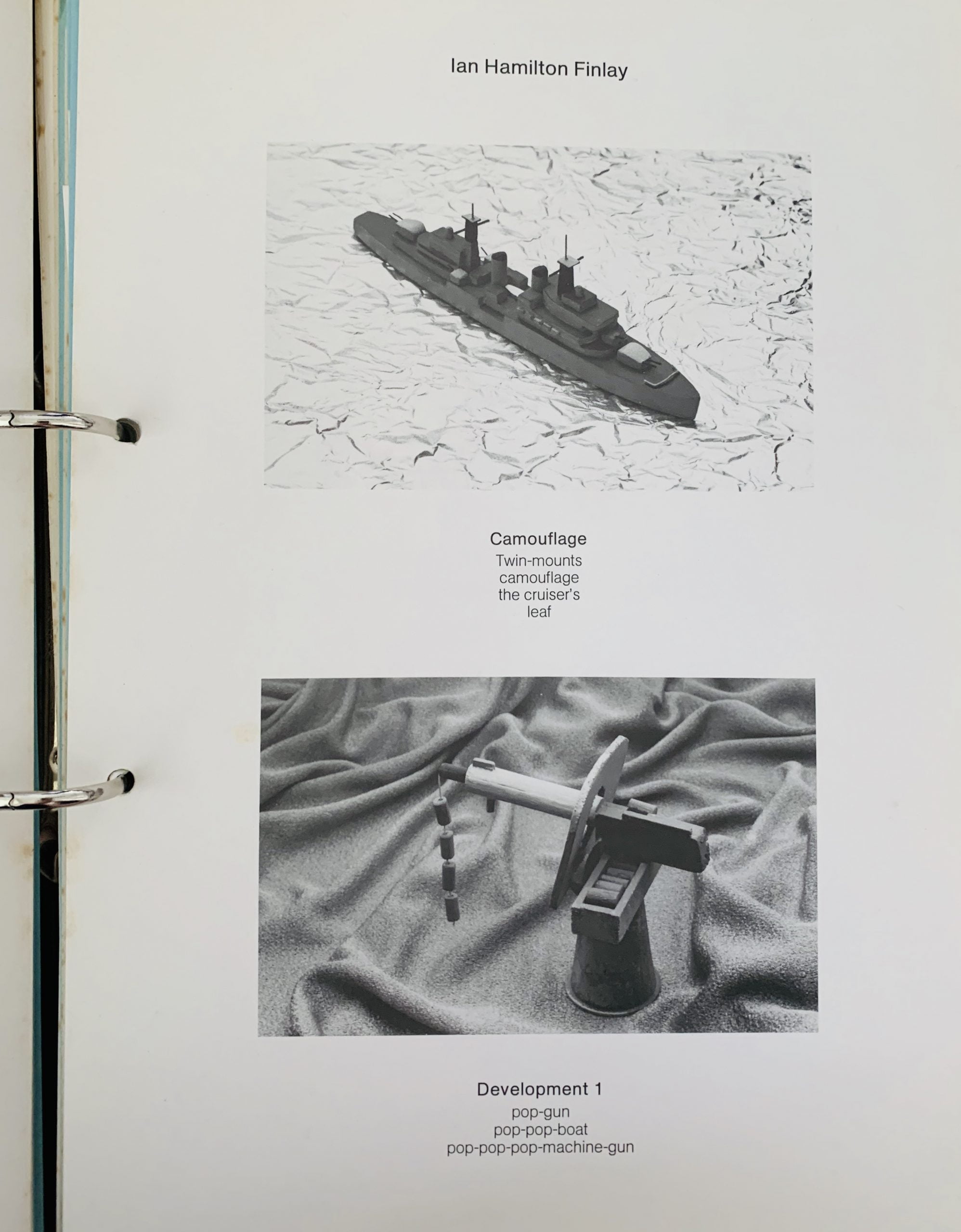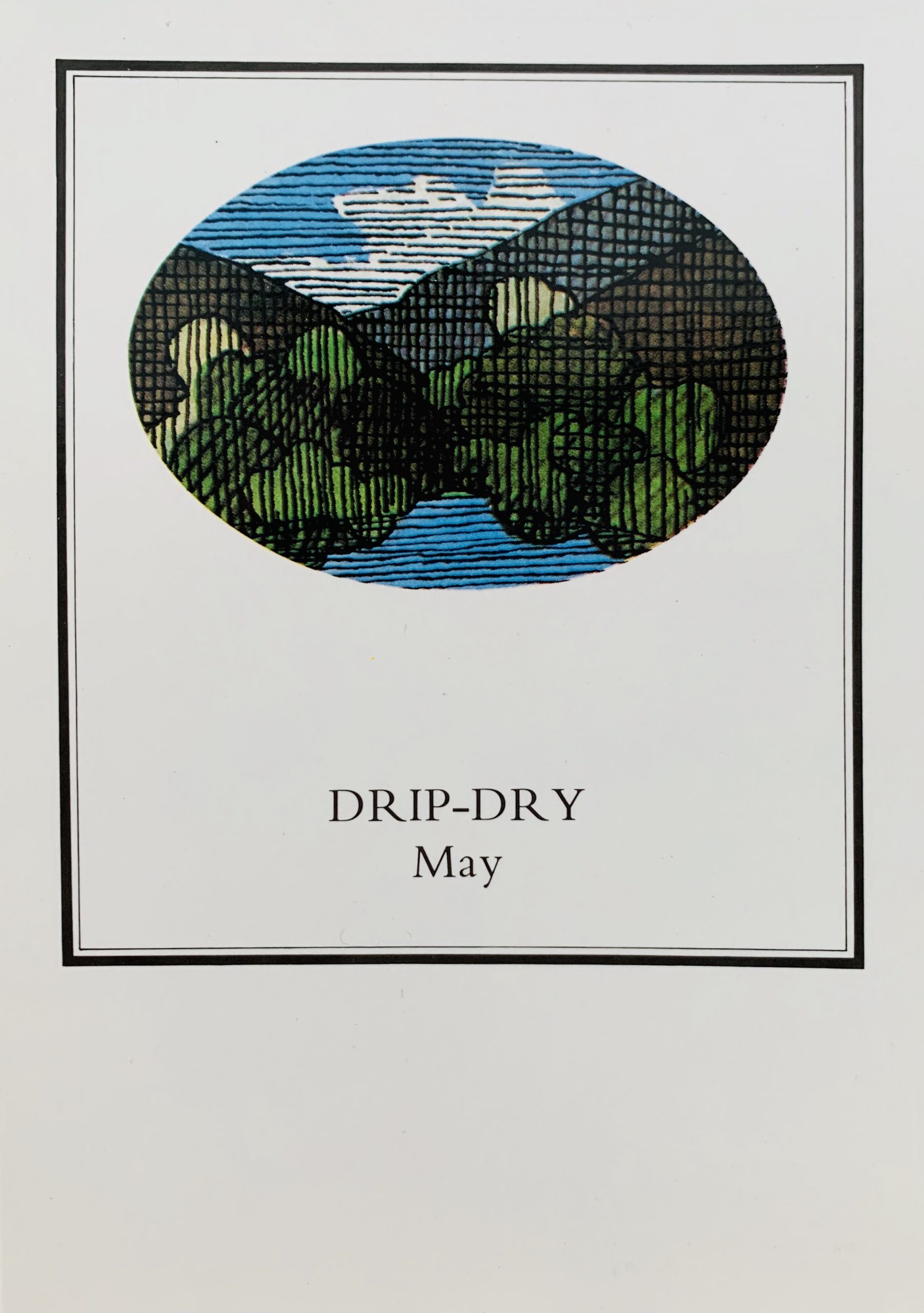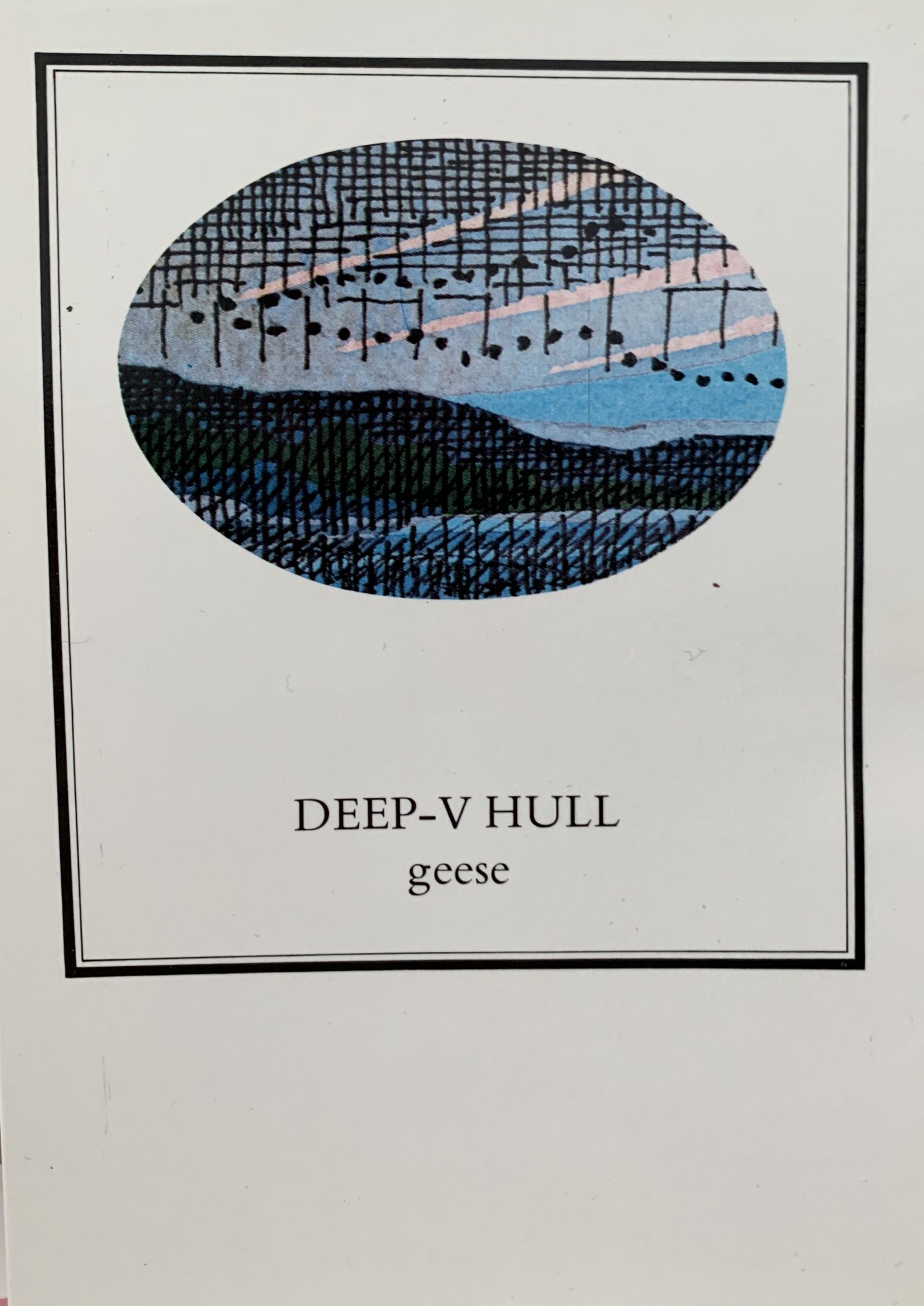Posted at 08:43h
in
Prints + Posters
Little Sparta: Wild Hawthorn Press, n.d. (c. 1982)
30.5 × 43.2m, red on white offset lithograph. This is one of four which carry ant-Arts Council messages in Latin. This poster print has " CONCILIUM ARTIUM DELENDUM EST" which roughly translates into "The Arts Council Must be Utterly Destroyed" although there are some liberties taken in the language by Finlay.
Printed as part of Finlay's campaign against the muribund Scottish Arts Council and Strathclyde Region over a Rates dispute, these lithographs were fly-posted on the Scottish National Gallery, the Scottish Arts Council building and other places in Edinburgh by supporters of Finlay (called the Saint-Just Vigilantes).
Apparently ‘The Arts Council Must be Utterly Destroyed’ is derived from a phrase Cato would add to the end of every speech as a reference to his hatred of Carthage.
This lithograph is folded but all copies are rare as many were used as campaign posters on the buildings as described above. Apparently the typography was by Nicholas Sloan.
...













